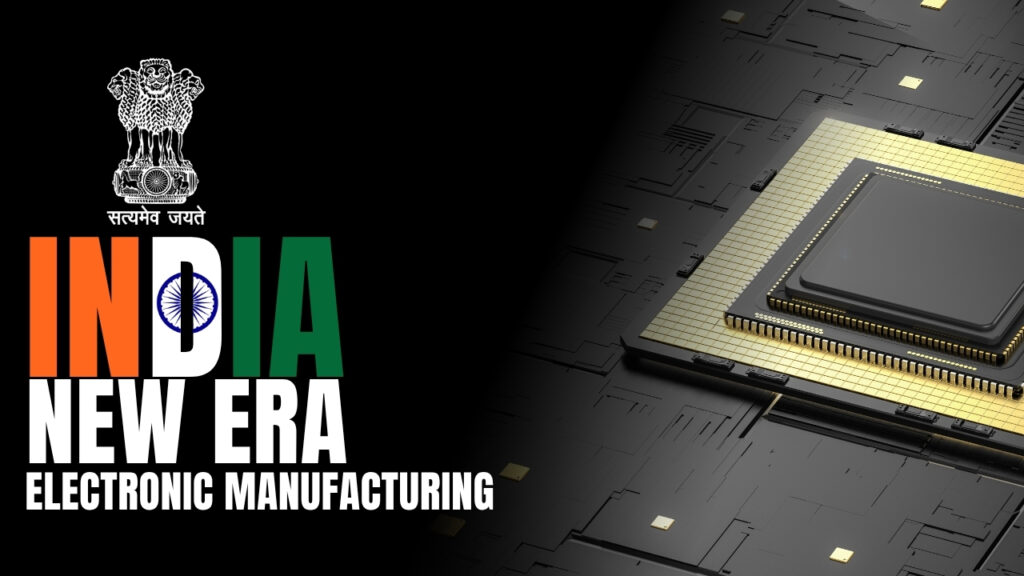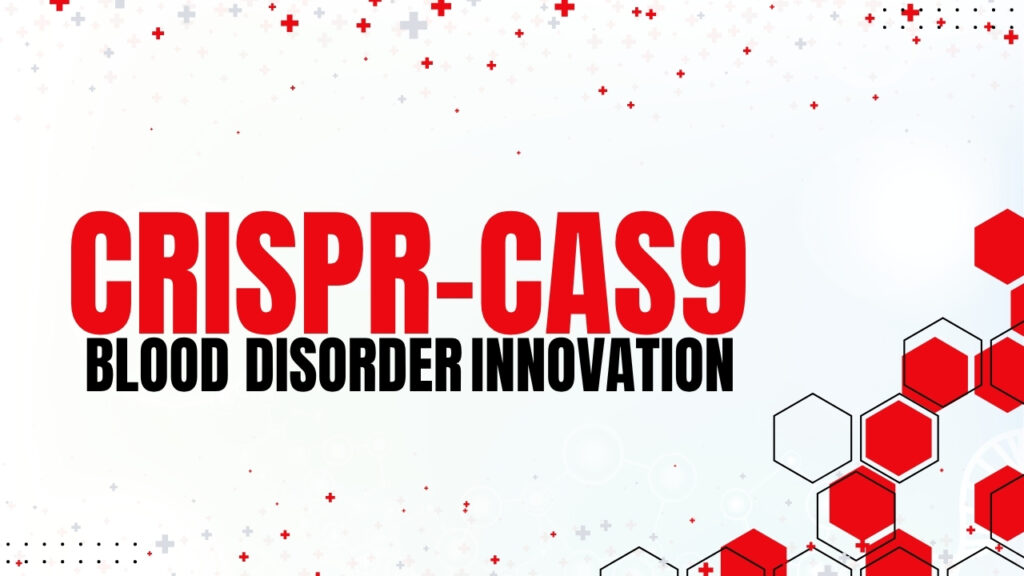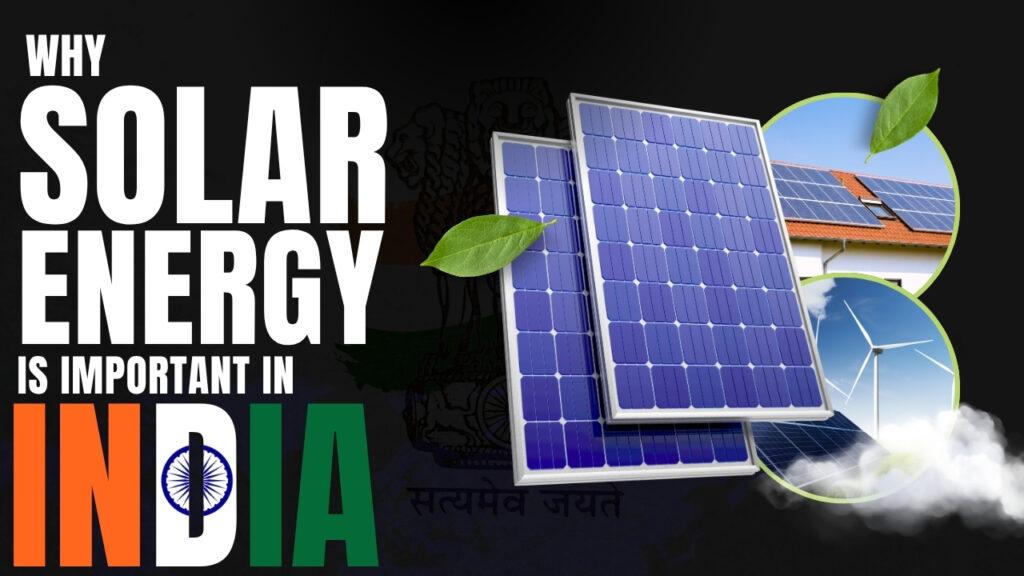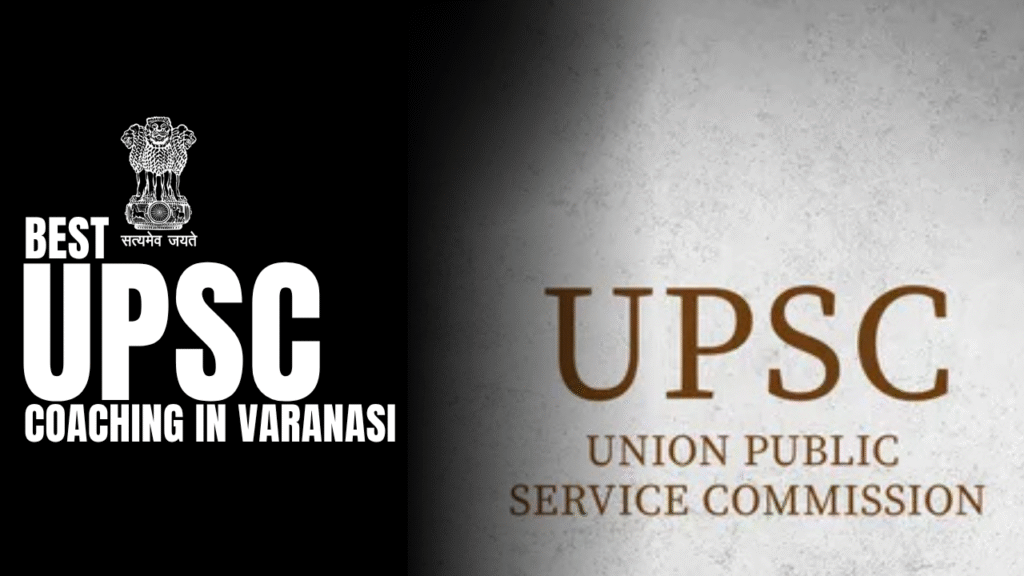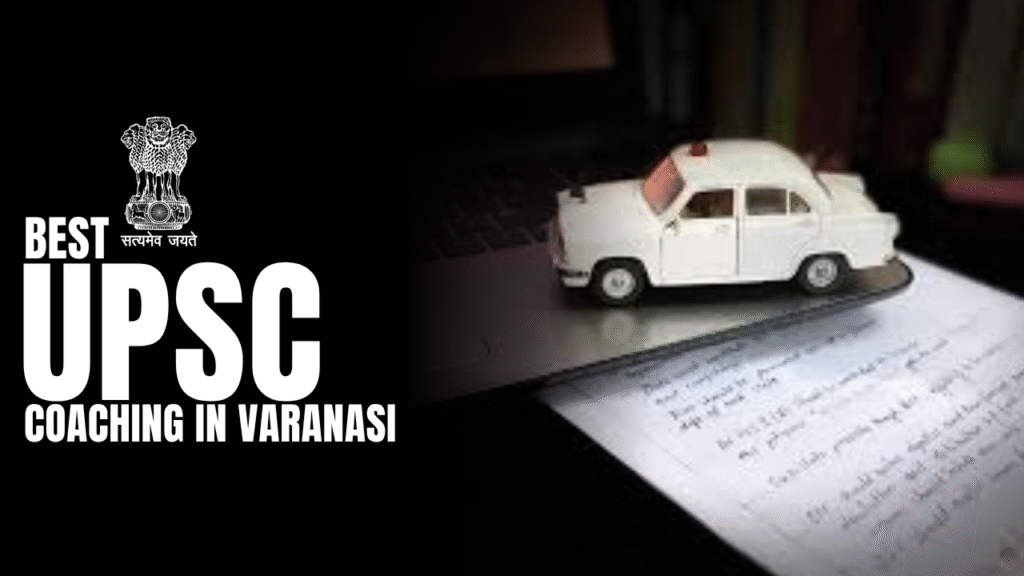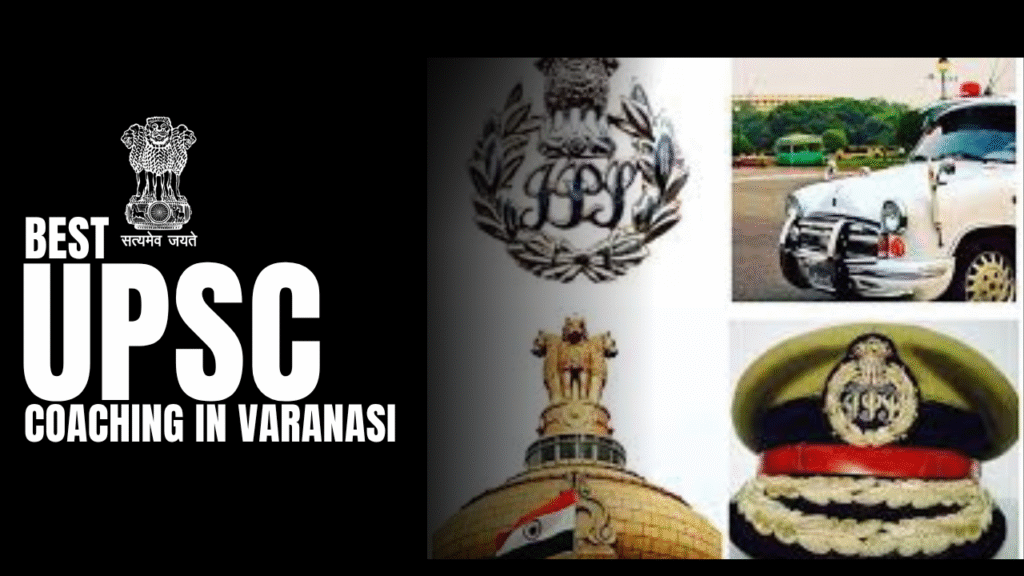DAILY CURRENT AFFAIRS IAS | UPSC Prelims and Mains Exam – 25th June – 2025
Archives (PRELIMS Focus) CAR T-Cells Category: SCIENCE AND TECHNOLOGY Context: Technique to Make CAR T-Cells In Vivo Could Transform Cancer Care Decoding Context: Overview CAR T-cell therapy retrains immune cells (T-cells) to recognize and destroy cancer cells by inserting synthetic genetic instructions for a molecule called CAR (chimeric antigen receptor). A major advancement now allows scientists to engineer CAR T-cells inside the body (in vivo) instead of the traditional complex and expensive lab processing. Key Innovation A new method uses mRNA-loaded lipid nanoparticles (LNPs) to deliver CAR gene instructions directly into the bloodstream, targeting CD8+ T-cells, enabling them to fight cancers like B-cell lymphoma. This avoids viruses and ex vivo processing, reducing risks like immune system suppression and genetic side effects. Advantages Cost-effective: Conventional CAR T-cell therapy costs ₹60–70 lakh; the new platform is significantly cheaper. Efficient & quicker: Lipid nanoparticles (like Lipid 829) show faster response, reduced inflammation, and eliminate the need for harvesting and manipulating cells in the lab. Scalable & accessible: Easier to implement in resource-limited settings like India. Preclinical Success In monkey trials, treatment showed up to 85–95% tumor clearance. Mice also showed effective tumor regression with different targeting (CD20, CD19). CAR T-cells were generated in vivo and worked without requiring preconditioning regimens. Risks & Safety Reduced risks compared to virus-based methods. However, one monkey had a severe reaction similar to hemophagocytic lymphohistiocytosis (HLH), underscoring the need for careful dosing and clinical monitoring. Implications for India India faces a growing burden of B-cell cancers and autoimmune disorders. The new platform could provide affordable and scalable therapy, bypassing infrastructure challenges. If clinical trials succeed, it may revolutionize treatment for both cancer and immune diseases. Learning Corner: CAR-T Therapy (Chimeric Antigen Receptor T-cell Therapy) CAR-T therapy is a type of immunotherapy that uses specially modified T-cells (a type of white blood cell) to fight cancer. What is CAR-T? CAR-T stands for: Chimeric Antigen Receptor T-cell. It involves genetically engineering a patient’s own T-cells to express receptors (CARs) that can recognize and bind to specific proteins on cancer cells. How It Works: T-cell Collection: T-cells are collected from the patient’s blood. Genetic Modification: In a lab, these T-cells are modified to produce CARs on their surface. Cell Multiplication: The modified cells are multiplied in large numbers. Reinfusion: These engineered CAR-T cells are infused back into the patient. Attack Cancer: The CAR-T cells identify and kill cancer cells carrying the target antigen. Applications: Effective mainly for blood cancers such as: B-cell Acute Lymphoblastic Leukemia (ALL) Diffuse Large B-cell Lymphoma (DLBCL) Multiple Myeloma Clinical trials are ongoing for solid tumors. CAR-T in India: India’s first indigenously developed CAR-T therapy is “NexCAR19”, jointly developed by IIT Bombay and ImmunoACT, launched in 2024. It significantly reduces cost compared to global CAR-T therapies. Challenges: High cost and complex manufacturing Risk of cytokine release syndrome (CRS) and neurological side effects Limited success so far in solid tumors Source: THE HINDU 50 years to declaration of emergency Category: POLITY Context: The Emergency in India, declared on 25 June 1975 and lasting until 21 March 1977 National Emergency (Article 352 of the Indian Constitution) A National Emergency is a constitutional provision under Article 352 that allows the central government to assume sweeping powers in case of grave threats to the nation’s security. Grounds for Proclamation: National Emergency can be proclaimed by the President of India on the following grounds: War External Aggression Armed Rebellion (added by the 44th Amendment; replaced “internal disturbance”) Procedure: Must be based on a written recommendation of the Union Cabinet (not just the PM). Must be approved by both Houses of Parliament within 1 month. Once approved, it remains in force for 6 months and can be extended indefinitely with six-monthly parliamentary approvals. Special majority is required in Parliament for continuation. Effects of National Emergency: Federalism weakened: Centre can give directions to states on any matter. Fundamental Rights (Article 19): Can be suspended during Emergency due to war/external aggression (not for armed rebellion). Article 358: Automatically suspends Article 19. Article 359: Allows suspension of enforcement of other rights (except Article 20 & 21 after 44th Amendment). Lok Sabha tenure: Can be extended by 1 year at a time (maximum 6 months after Emergency ends). Instances in Indian History: 1962 – Indo-China War (External Aggression) 1971 – Indo-Pak War (War) 1975–1977 – Declared by Indira Gandhi (Internal Disturbance); most controversial Constitutional Safeguards (44th Amendment, 1978): “Internal disturbance” replaced with “armed rebellion”. Cabinet approval in writing made mandatory. Fundamental Rights under Articles 20 and 21 cannot be suspended. Learning Corner: Types of Emergencies in the Indian Constitution President’s Rule (State Emergency) – Article 356 Ground: Failure of constitutional machinery in a state Key Features: Invoked when Governor reports breakdown of state governance President takes over state functions Parliament legislates for the state Needs Parliamentary approval within 2 months Valid for 6 months, extendable up to 3 years with conditions Widely misused in early decades; restricted post SR Bommai case (1994) Financial Emergency – Article 360 Ground: Threat to financial stability or credit of India Key Features: Declared by the President Needs Parliamentary approval within 2 months Never used so far Centre can reduce salaries, including those of judges and civil servants Can direct states to follow financial propriety measures Comparison Table Type Article Grounds Approval Needed Used? National Emergency 352 War, External Aggression, Armed Rebellion Yes (Both Houses) 3 times President’s Rule 356 State machinery failure Yes 100+ times Financial Emergency 360 Financial instability Yes Never Source: THE INDIAN EXPRESS Global SDG Rankings Category: INTERNATIONAL Context India has entered the top 100 in the United Nations Sustainable Development Goals (SDG) rankings for the first time, securing the 99th position out of 193 countries in the 2025. Key Highlights: Current Rank (2025): 99th Previous Ranks: 109th (2024), 112th (2023), 121st (2022) SDG Index Score: 67 Regional Comparison: Ahead of Bangladesh (114th), Pakistan (140th); behind Maldives (53rd), Bhutan (74th), Nepal (85th), Sri Lanka (93rd) Reasons for Improvement: Progress in poverty reduction, clean energy access, healthcare, housing, and
DAILY CURRENT AFFAIRS IAS | UPSC Prelims and Mains Exam – 25th June – 2025 Read More »

